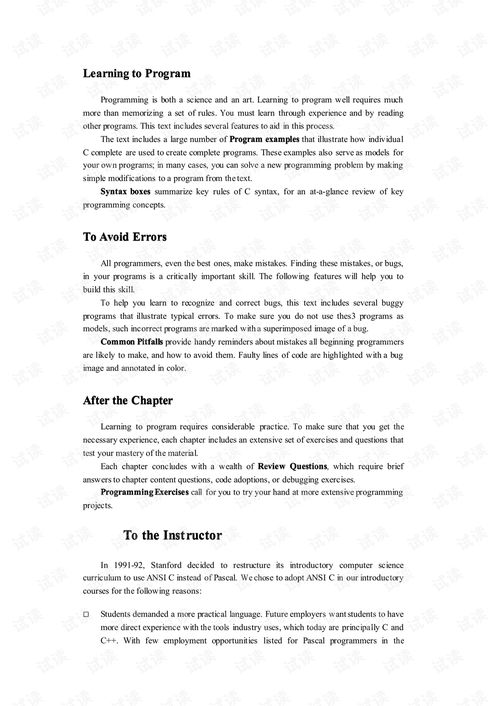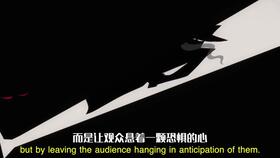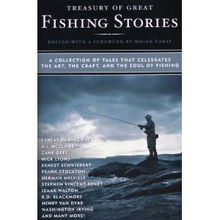The Art of Using Little Yellow Fish Bait: Pro Tips for Anglers
In the vast world of angling, the use of bait is an art form that can make or break a fishing trip. Among the myriad of baits available, the little yellow fish, also known as "小黄面" in Chinese, has gained a reputation for its effectiveness. This tiny creature, though small in size, can be a game-changer for anglers looking to hook into some of the most elusive fish. In this article, we delve into the nuances of using little yellow fish bait and offer some pro-level tips to help you master this technique.
Understanding Little Yellow Fish Bait

First, let's understand what little yellow fish bait is. It is a type of bait fish, known for its bright yellow color and small size. These fish are often used as live bait due to their ability to attract a wide variety of fish species. The key to using little yellow fish bait effectively lies in understanding its behavior and preferences.
Choosing the Right Bait
The first step in using little yellow fish bait is selecting the right ones. Look for bait that is active and has a healthy color. Avoid using fish that appear sickly or dead, as they may not attract fish effectively. The size of the bait should also be considered; larger baits may be more visible to predators, while smaller ones can be more subtle and effective.
Preparation Techniques
Once you have your little yellow fish bait, it's time to prepare them for use. Here are some key preparation techniques:
Debaiting: Before using the bait, it's important to remove any internal organs that may not be desirable. This can be done by making a small incision in the fish and gently pulling out the contents.
Scenting: Applying a scent to the bait can enhance its attractiveness. Some anglers use natural scents like garlic or anise, while others opt for commercial bait attractants.
Conditioning: Conditioning the bait in the water where you plan to fish can help it adapt to the environment and become more effective. This process can take anywhere from a few minutes to several hours, depending on the water conditions.
Presentation Techniques
The way you present your little yellow fish bait can greatly impact your success. Here are some pro-level presentation techniques:
Natural Movement: Fish are attracted to natural movements, so it's important to mimic the way the bait would move in the wild. This can be achieved by gently twitching the line or using a slow retrieve.
Depth: The depth at which you present your bait is crucial. Some fish species are more likely to strike at different depths, so it's important to experiment and find the sweet spot.
Timing: Timing your casts and retrieves can make a big difference. Wait for moments when the bait is in a particularly attractive position or when fish are more active.
Pro Tips for Using Little Yellow Fish Bait
Here are some additional tips to help you get the most out of your little yellow fish bait:
Research the Species: Different fish species have different preferences when it comes to bait. Research the species you're targeting to understand their feeding habits and preferences.
Adapt to Conditions: Be prepared to adapt your technique based on weather conditions, water temperature, and other environmental factors.
Practice Makes Perfect: The more you practice using little yellow fish bait, the more you'll learn about what works and what doesn't. Don't be afraid to experiment and refine your technique.
Use a Good Hook: A sharp, appropriately sized hook is essential for successful fishing. Ensure your hook is in good condition and that it's the right size for your bait.
Stay Patient: Fishing is a patient sport, and sometimes the best catches come from waiting quietly and observing the water.
In conclusion, using little yellow fish bait can be a highly effective technique for anglers looking to improve their catch rates. By understanding the bait, preparing it correctly, and using the right presentation techniques, you can increase your chances of success. Remember, the key to mastering the art of using little yellow fish bait lies in practice, patience, and a willingness to adapt. Happy fishing!












